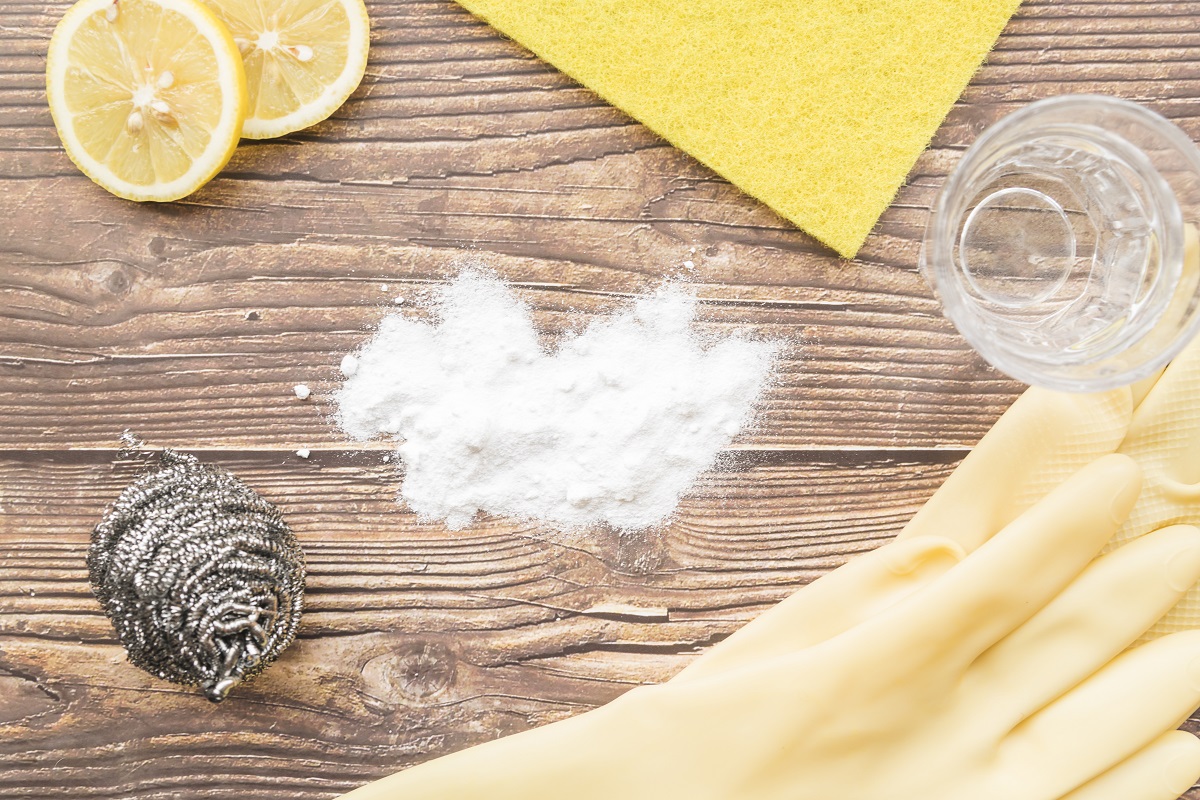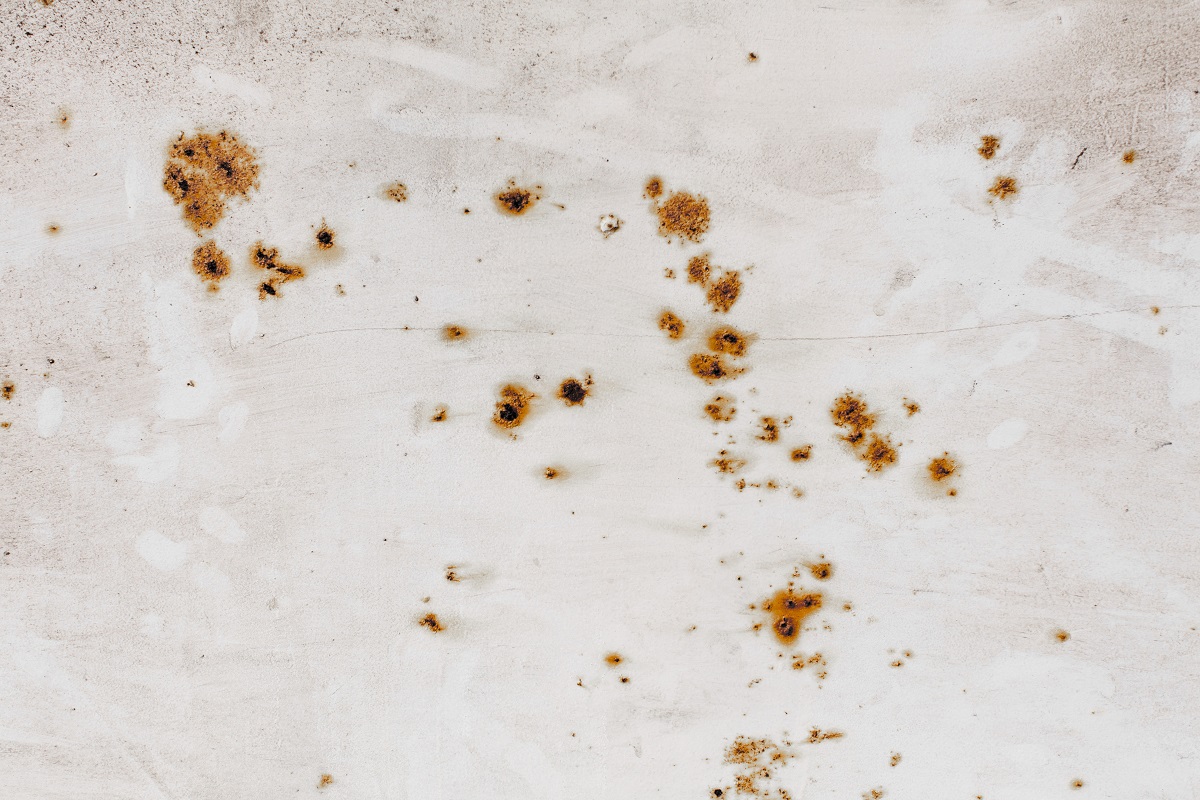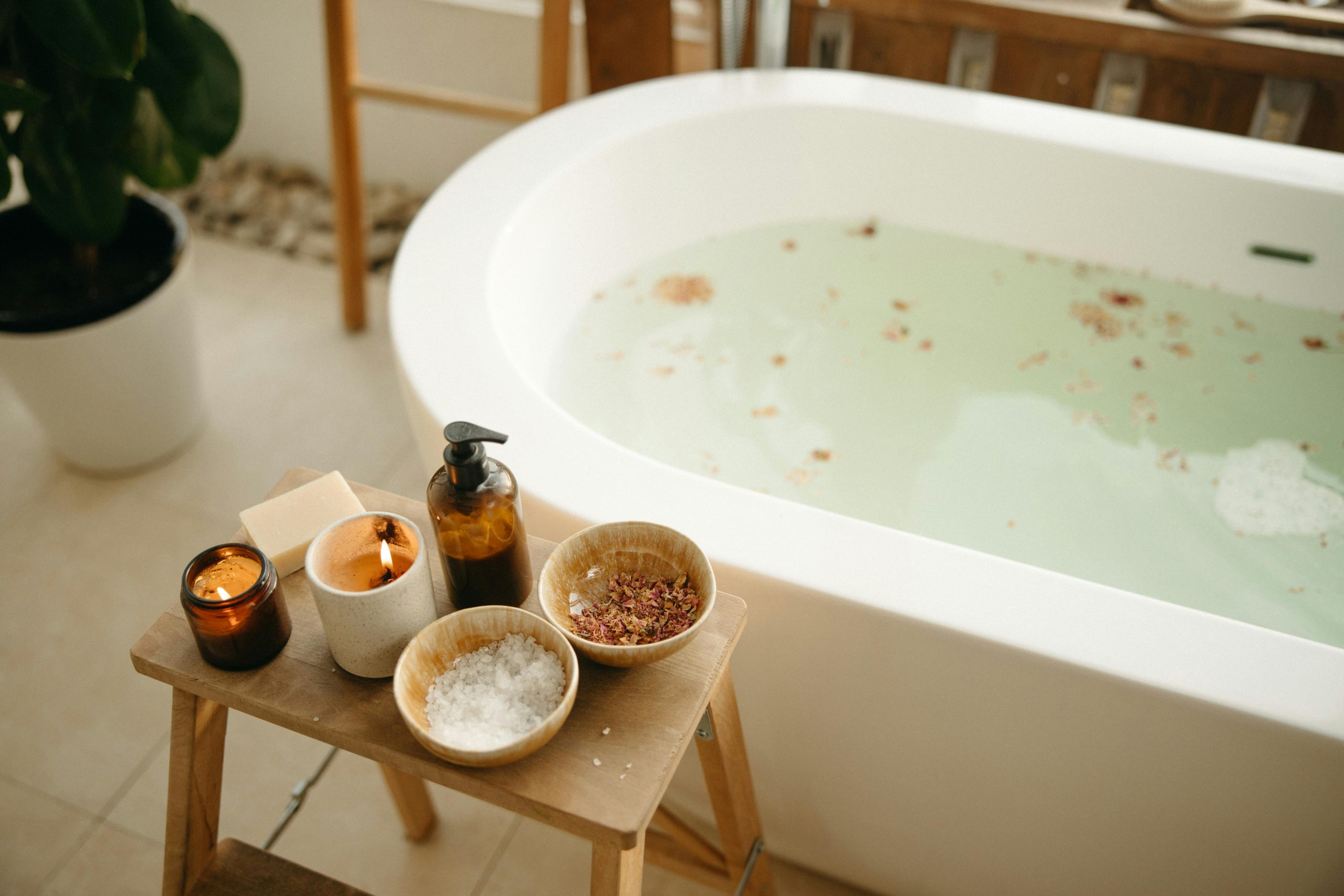Rust stains in your bathtub are not only unsightly but can make your bathroom feel dirty even after cleaning. If you’ve noticed those stubborn reddish-brown marks, you’re not alone. Rust stains can form from iron in your water supply, metal objects left in the tub, or aging pipes. The good news? You don’t need harsh chemicals or expensive products to get rid of them. In this guide, we’ll walk you through easy, effective ways to remove rust stains from your bathtub and keep it sparkling clean.
Why Do Rust Stains Appear in Bathtubs?
Before tackling the stains, it’s helpful to understand why they appear.
- Iron in Water: High iron content in tap water can cause rust stains over time, especially in areas with hard water.
- Metal Objects: Leaving metal cans, razors, or other iron-based items in the tub can cause rust transfer.
- Old Pipes: Corroded plumbing can release rust particles into the water that settle in the tub.
- Bathtub Material: Porous materials like fiberglass and acrylic are more prone to staining than porcelain or enamel.
Understanding the cause helps you prevent future rust stains after cleaning.
How to Remove Rust Stains from Bathtub: 3 Simple DIY Solutions

Several household items and simple methods work surprisingly well on rust stains. Here are some of the most effective:
1. Lemon Juice and Baking Soda
Why it works: Lemon juice is naturally acidic and helps break down rust, while baking soda acts as a gentle abrasive.
How to use it:
- Sprinkle baking soda directly on the rust stain.
- Squeeze fresh lemon juice over the baking soda until it forms a paste.
- Let it sit for 15–30 minutes.
- Scrub gently with a soft sponge or toothbrush.
- Rinse thoroughly with warm water.
2. White Vinegar and Baking Soda
Why it works: Vinegar’s acidity dissolves rust, and baking soda neutralizes odors while scrubbing.
How to use it:
- Pour white vinegar directly onto the rust stain.
- Let it soak for 5-10 minutes.
- Sprinkle baking soda over the vinegar.
- Scrub gently using a soft brush.
- Rinse well with water.
3. Commercial Rust Removers
If natural solutions don’t work, commercial rust removers specifically designed for bathtubs can be effective.
Tips for use:
- Choose a rust remover safe for your bathtub material.
- Follow the instructions carefully.
- Use gloves and ensure good ventilation.
- Test on a small hidden area first.
How Can You Remove Rust Stains Without Scratching Your Bathtub?
A key concern with rust stain removal is avoiding damage to your bathtub surface. Here’s how to protect your tub:
- Use non-abrasive tools: Avoid steel wool or harsh scouring pads. Instead, use a soft sponge or nylon brush.
- Test cleaning agents first: Try any new solution on a small, inconspicuous area.
- Avoid harsh chemicals: Bleach or strong acids can damage finishes and cause discoloration.
- Rinse thoroughly: Always wash away cleaning agents to prevent residue buildup.
Can Baking Soda Alone Remove Rust Stains?
Baking soda is excellent for many cleaning tasks, but alone it is usually not strong enough to remove rust stains because rust is an iron oxide that requires acid to dissolve. Baking soda acts more as a gentle abrasive or deodorizer. For best results, combine it with acidic substances like lemon juice or vinegar to break down the rust.
Step-by-Step Guide: Removing Rust Stains from Different Bathtub Types

Bathtubs come in various materials, so here’s how to approach rust stains on common types:
Porcelain Bathtubs
- Porcelain is durable and smooth, so acidic cleaners like lemon juice or vinegar work well.
- Use a soft cloth or sponge to avoid scratching.
- Avoid abrasive scrubbers like steel wool.
Fiberglass or Acrylic Bathtubs
- These are more delicate and prone to scratching.
- Use gentle cleaners like lemon juice with baking soda.
- Use a soft nylon brush instead of anything abrasive.
- Avoid harsh chemicals to prevent dulling the surface.
Enamel-Coated Bathtubs
- Treat similarly to porcelain.
- Mild acids are safe but avoid heavy scrubbing.
- Use commercial rust removers cautiously and only those formulated for enamel.
What Are Some Preventative Tips to Avoid Rust Stains?
Once you’ve cleaned your bathtub, prevention is key to keeping it rust-free. Here are some helpful tips:
- Dry your tub regularly: Standing water can worsen rust stains.
- Avoid leaving metal objects in the tub: Remove razors, cans, or other iron items after use.
- Use a water softener: Helps reduce iron and minerals in tap water.
- Learn how to clean a bathtub properly: Regular, gentle cleaning prevents rust buildup and keeps your tub looking fresh.
- Apply a protective coating: Some tub surfaces benefit from special sealants that protect against staining.
What If the Rust Stain Won’t Come Off?
Sometimes rust stains become very stubborn or old and may not respond to DIY methods.
Options to consider:
- Repeat treatments several times over a few days.
- Try stronger commercial rust removers formulated for bathtubs.
- Contact a professional cleaning service.
- If the tub surface is severely damaged or stained, refinishing or reglazing might be necessary.
Quick Recap: Rust Removal Tips at a Glance
- Use lemon juice or white vinegar with baking soda for natural stain removal.
- Always test your cleaning method on a small area first.
- Use soft sponges or nylon brushes to avoid scratches.
- Avoid harsh chemicals and abrasive pads.
- Dry your tub after use and remove metal items.
- Consider water softeners if iron in water is a recurring issue.
- For tough stains, commercial rust removers or professional help may be needed.
In Closing: Keep Your Bathtub Rust-Free and Sparkling
Rust stains don’t have to ruin your bathroom’s look or hygiene. With simple household items like lemon juice, vinegar, and baking soda, you can tackle most rust stains effectively and safely. Remember to treat your bathtub gently and take preventative measures to keep it looking fresh and clean for years to come.
If you’ve struggled with stubborn rust stains or have questions about your specific bathtub type, feel free to ask in the comments below. Happy cleaning!



